People
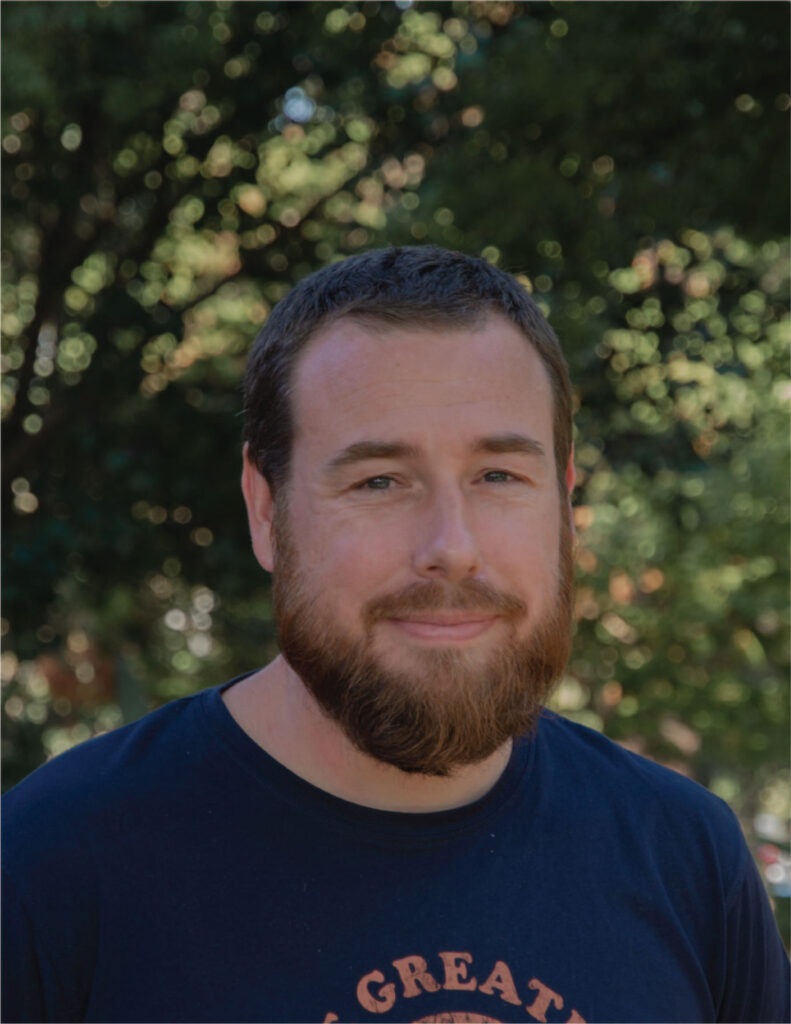
Prof. Christopher Kirkland
Professor & Team Leader
Chris Kirkland is the leader and founder of the Timescales Group in 2015. Chris uses isotope geology to address industry pertinent research questions and reduce exploration risk.
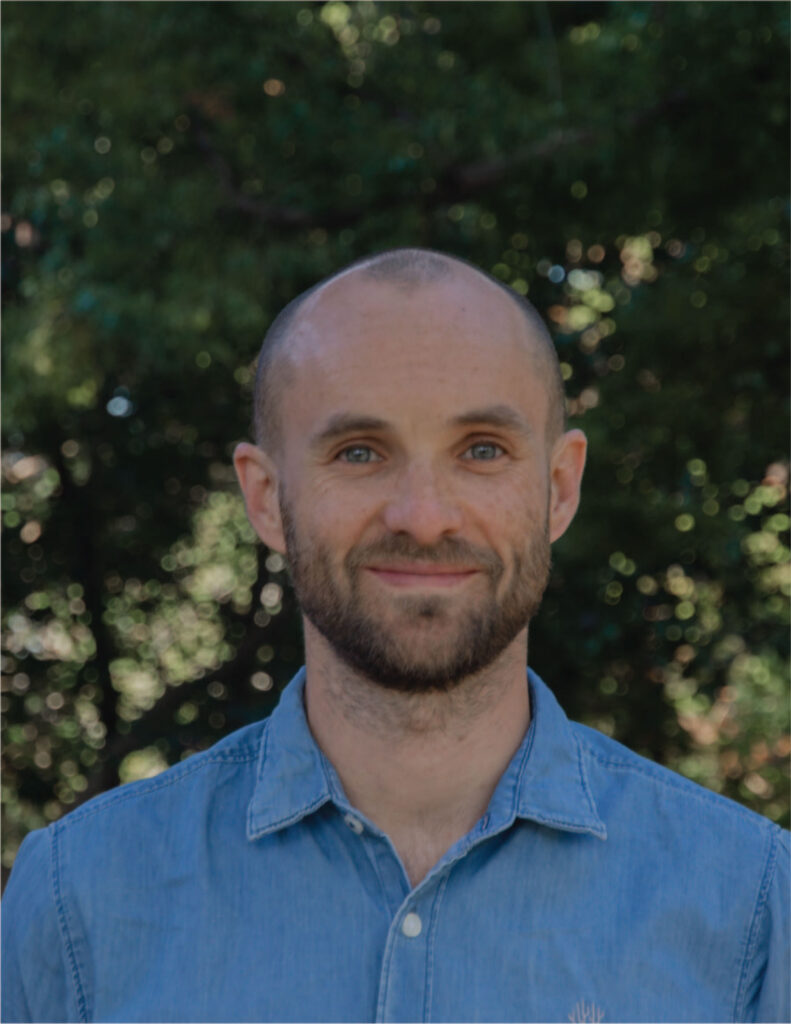
A/Prof. Milo Barham
Associate Professor
Milo Barham uses the detrital record to inform sediment system and crustal dynamics within the framework of tectonomagmatic events controlling mineral systems.
Milo joined the Timescales team in 2018.
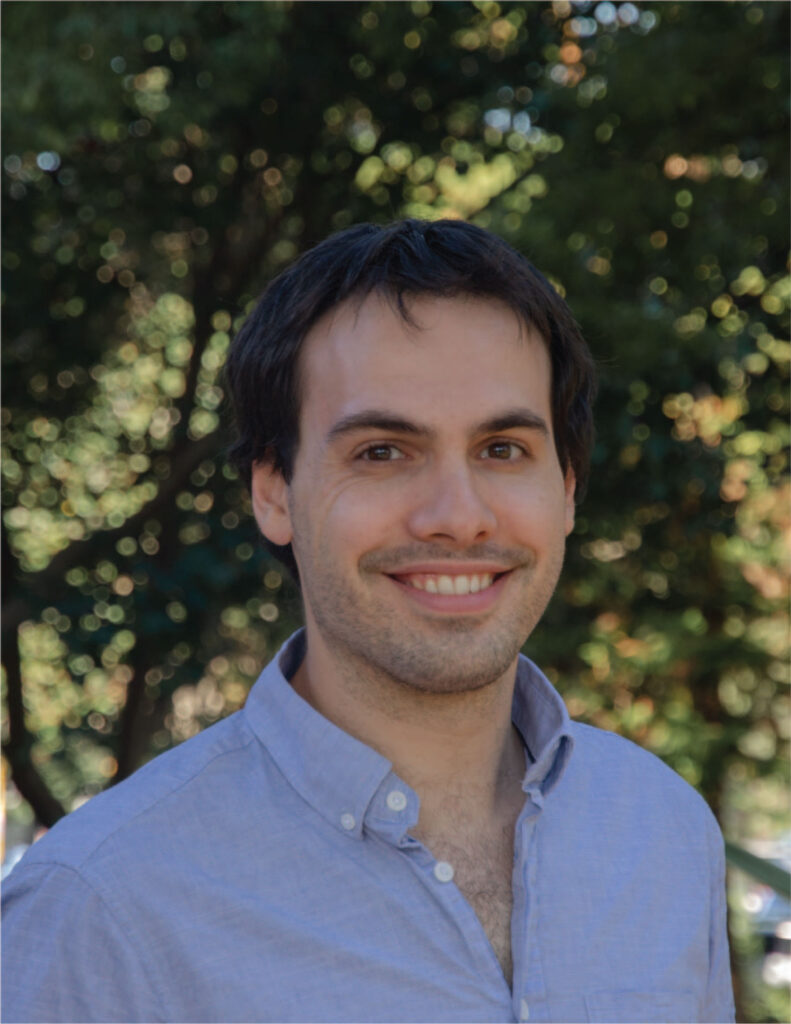
Dr Hugo Olierook
Senior Research Fellow
Hugo places geological problems into a temporal context. By adding time to 3D problems, he helps the mining industry explore for critical metals, evaluates the drivers of past climatic crises, and explores tectonics throughout Earth’s history.
Hugo joined the Timescales team in 2019.

Dr Giada Bufarale
Research Fellow
Giada’s research focuses on understanding the origin of phosphate-bearing sediments in northern Angola and examining how the post-rift structural and tectonic history has impacted their deposition and preservation.
Giada joined the Timescales team in 2023.
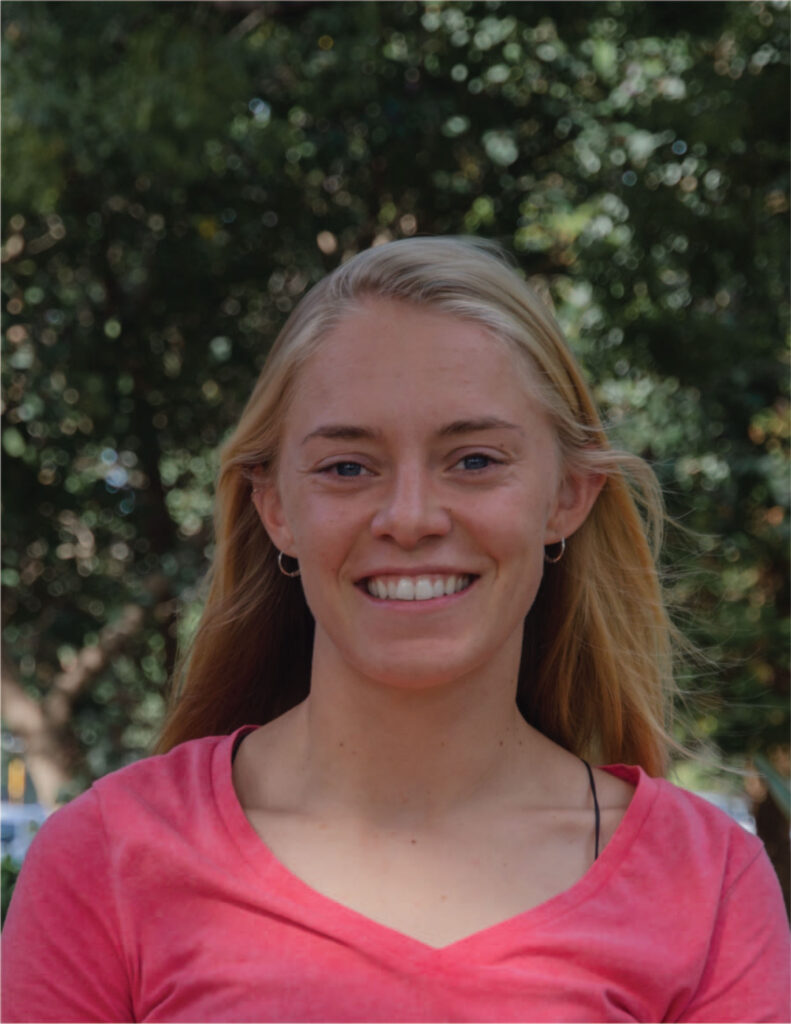
Dr Janne Liebmann
Research Fellow
Janne is currently building a Pb isotopic map of Australia. She previously focussed on a series of global events that occurred 2-3 billion years ago and permanently changed the face of the Earth (e.g. the first significant build-up of oxygen in the atmosphere and the emergence of continents above sea-level).
Janne joined the Timescales team as a PhD student in 2018, and became a staff member in 2021.
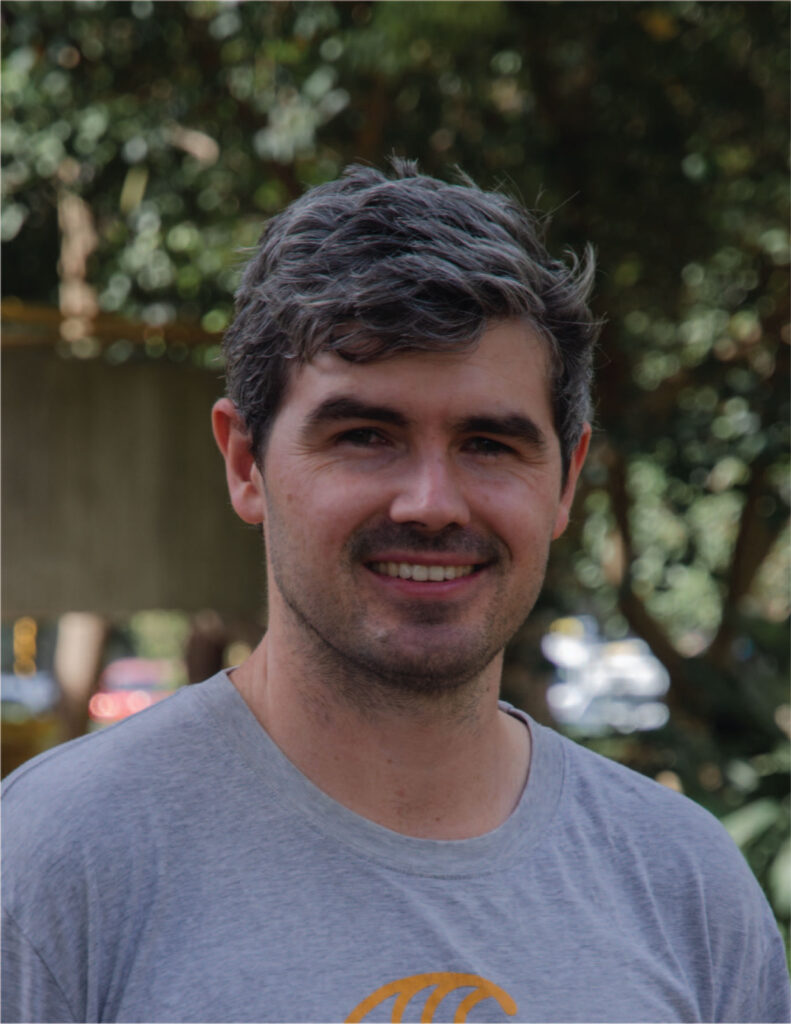
Dr Michael Hartnady
Research Associate
Michael uses U-Pb geochronology, Hf and O isotope geochemistry, and structural mapping to investigate the record of magmatism, deformation and fluid flow within Earth’s crust.
Michael joined the Timescales team as PhD student in 2017, and became a staff member in 2020.
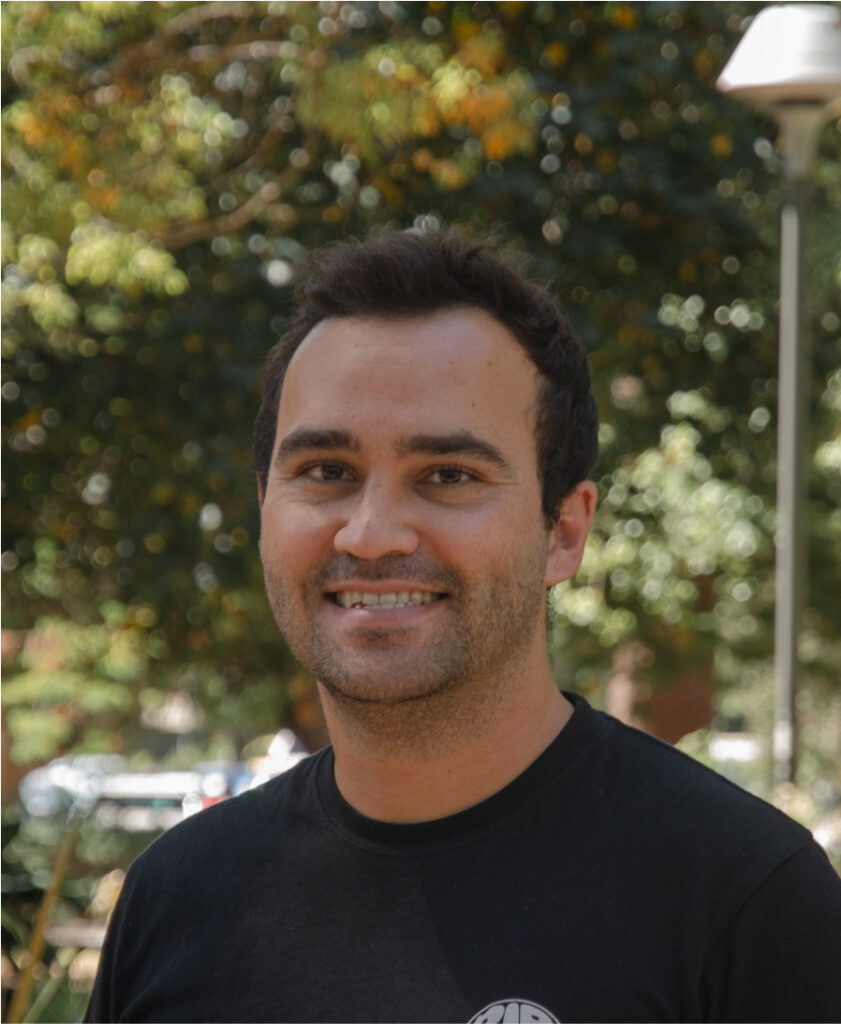
Dr Bruno Ribeiro
Research Associate
Bruno Ribeiro is a multidisciplinary geologist that applies a range of multi-mineral isotopic systems associated with mineral chemistry and petrology to investigate the deformation and tectonic record of Precambrian terranes worldwide.
Bruno joined the Timescales team in 2022.
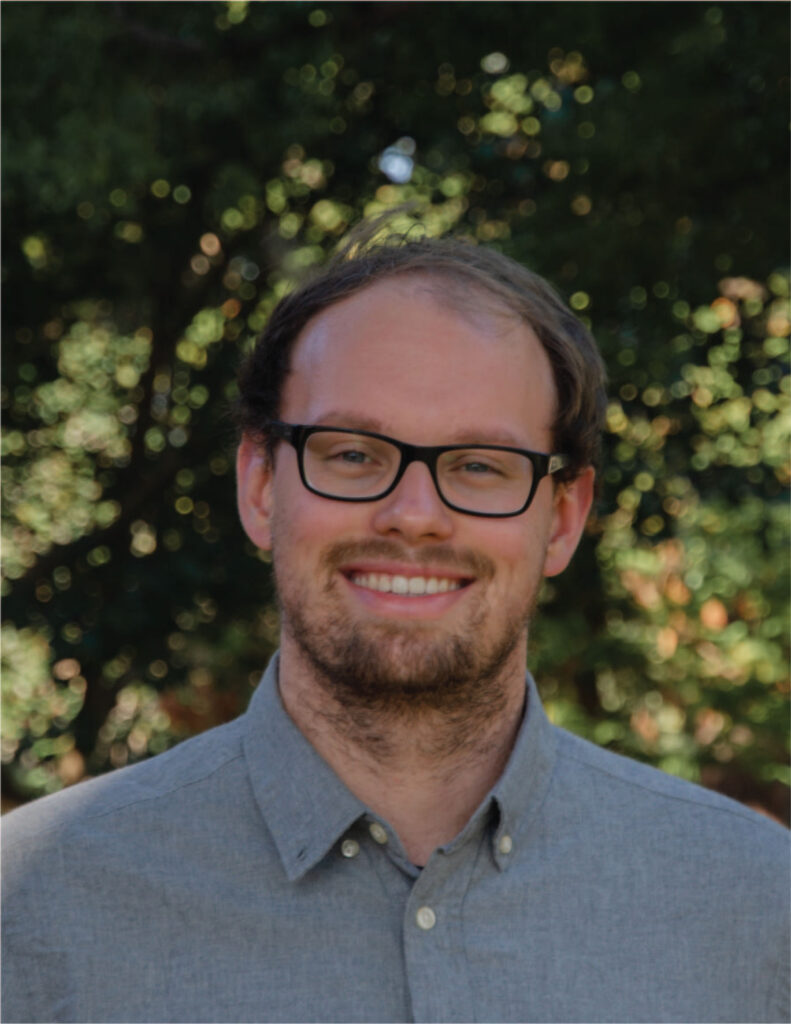
Dr Maximilian Dröllner
Research Associate
Max aims for a re-evaluation of the paradigm of heavy mineral sand deposit formation. An attempt will be made to present a universal model of deposit genesis, i.e. quantifying the fundamental geological controls.
Max joined the Timescales team as a PhD student in 2020, and became a staff member in 2023.
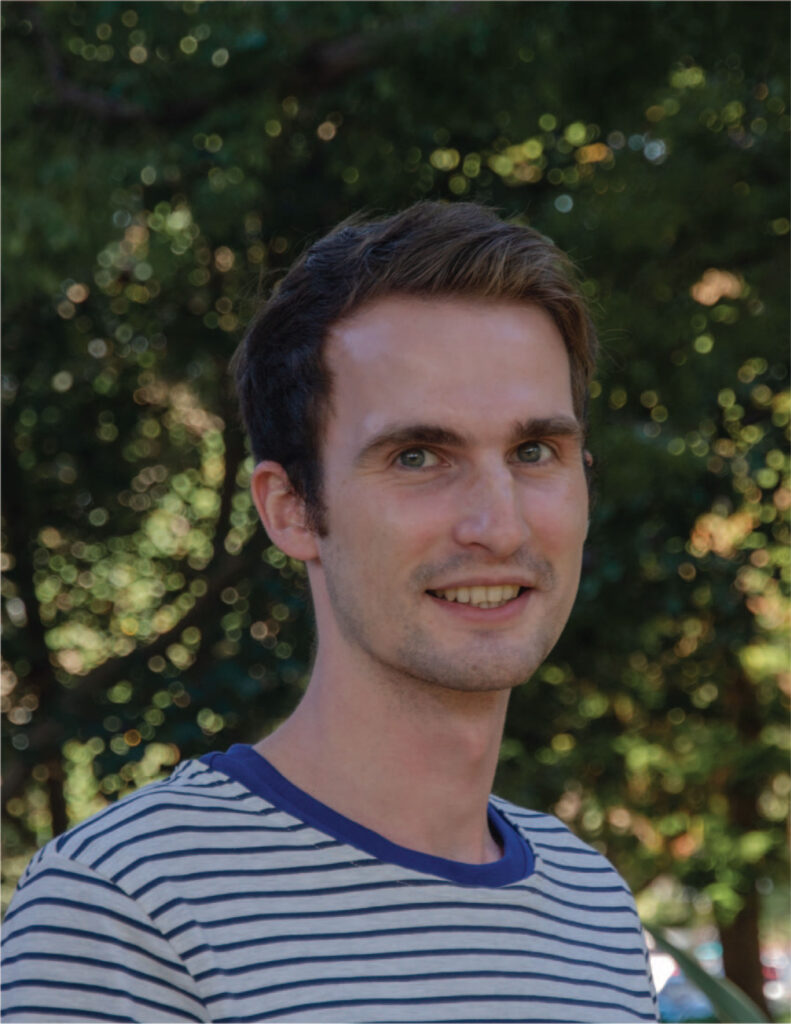
Dr Andreas Zametzer
Research Associate
Andi designs and executes projects for industry partners and government organisations and does research on various geological topics ranging from crustal evolution to the formation mechanisms of heavy mineral sands deposits.
Andi joined the Timescales team as a PhD student in 2020, and became a staff member in 2023.
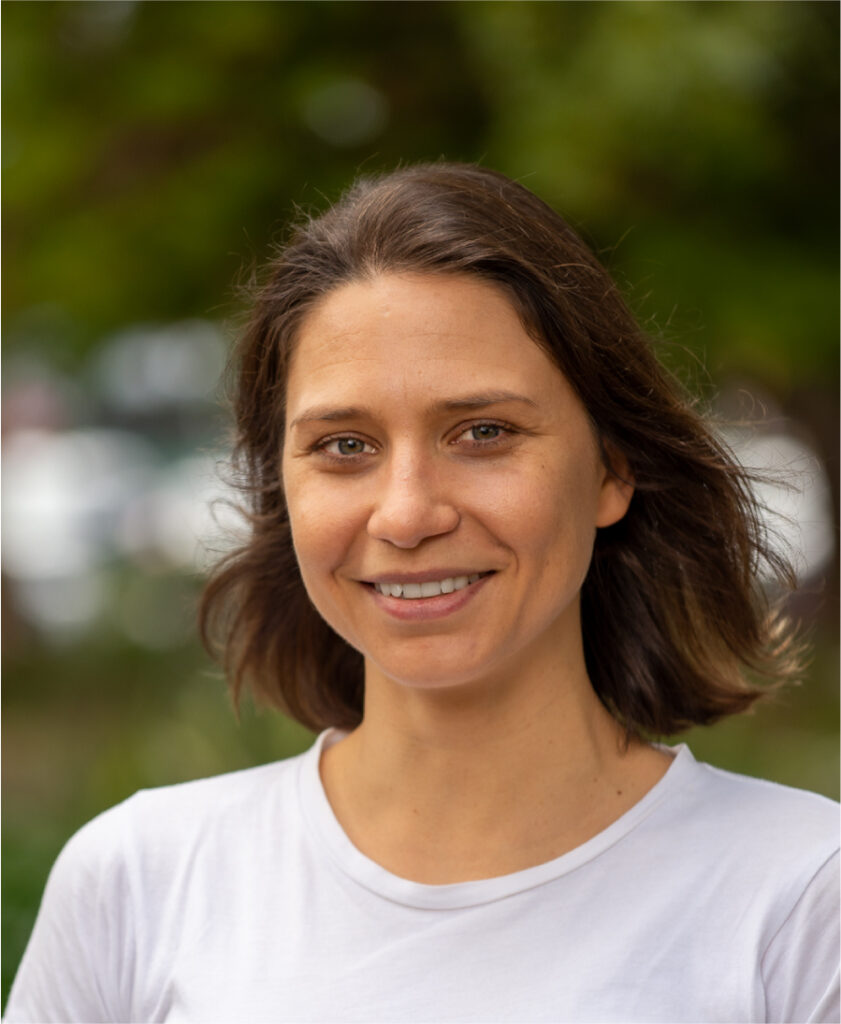
Taryn Scharf
Research Associate
Taryn’s research applies geocomputing to the deconvolution of mineral grain histories. This work looks to develop new analytical tools that can be integrated with standard geological approaches for basin analysis and heavy mineral sand exploration.
Taryn joined the Timescales team as a PhD student in 2020, and became a staff member in 2024.
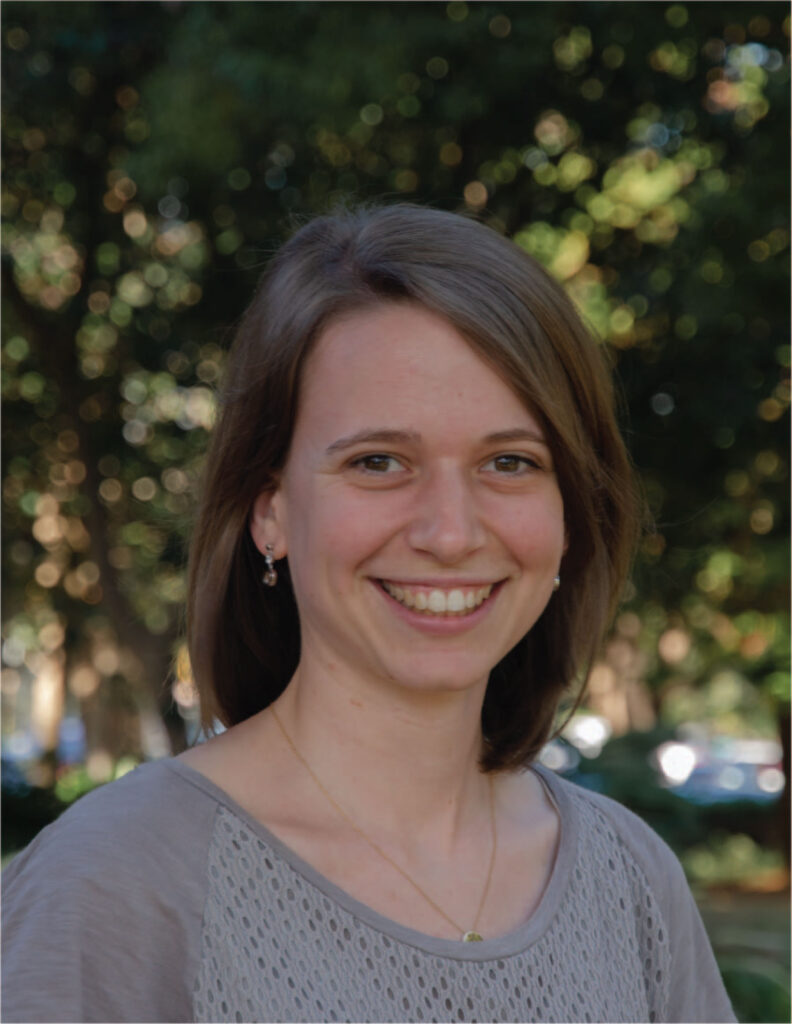
Isabel Zutterkirch
PhD Student
Isabel is conducting research on the provenance of sedimentary rocks in Western Australia addressing their sediment transportation pathways derived from isotope (U-Pb, Lu-Hf, Pb-Pb, (U-Th)/He) fingerprinting.
Isabel joined the Timescales team in 2020.
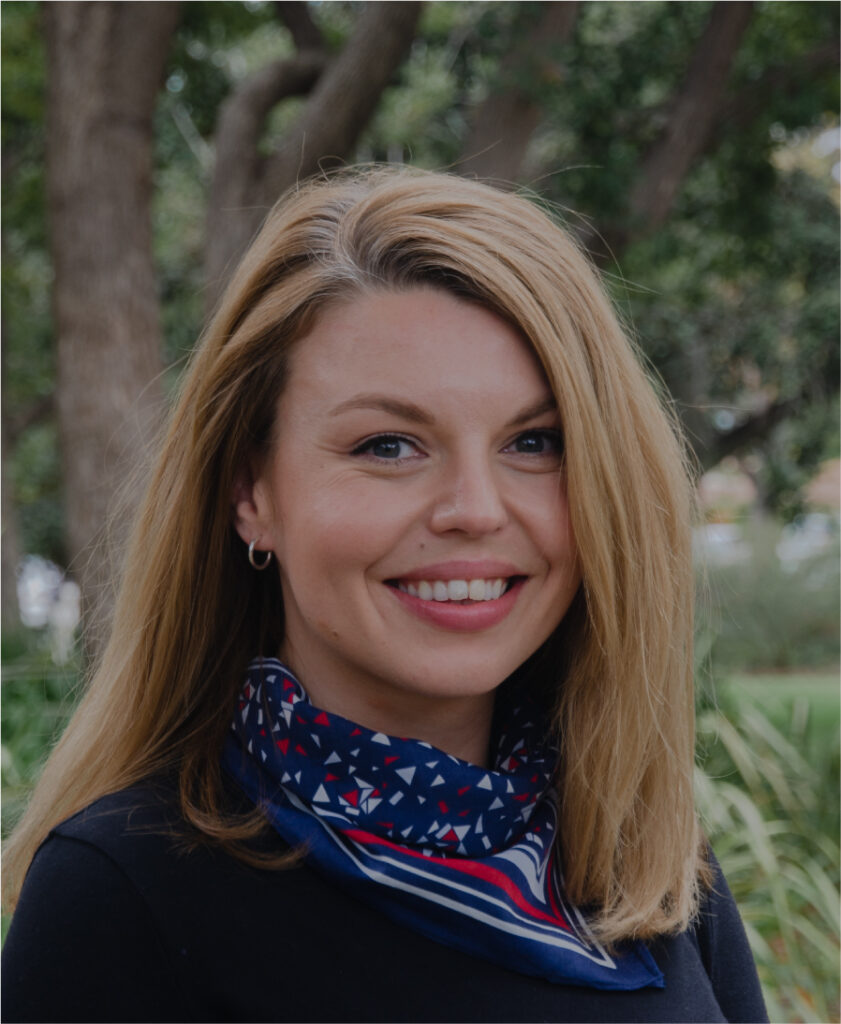
Kathy Kuper
PhD Student
Kathy’s research looks at mapping the Nd isotopic variation throughout the Fraser Zone of the Proterozoic Albany Fraser Orogen, as a means to reduce exploration risk on the margin of the Archean Yilgarn Craton in Western Australia by tracking juvenile domains.
Kathy joined the Timescales team in 2021.
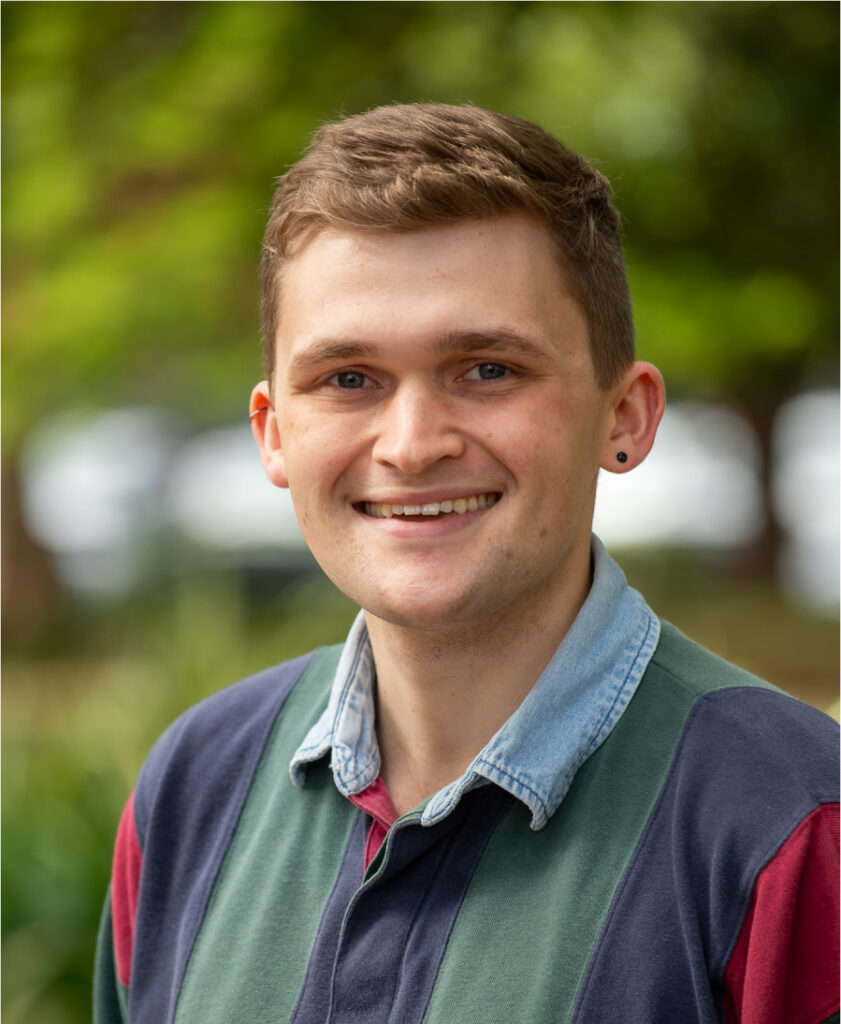
Anthony Clarke
PhD Student
Tony’s research aims to establish apatite as a new tool to track the evolution of the continental crust. Current continental crust development models rely on the mineral zircon. However, zircons only record the history of evolved rocks. Therefore, Tony’s research examines apatite which forms in less evolved mafic rocks. A detrital apatite database of Pb-Nd (model) ages is being developed and integrated with the zircon record to provide a more holistic description for how our planet developed.
Tony joined the Timescales team in 2021.
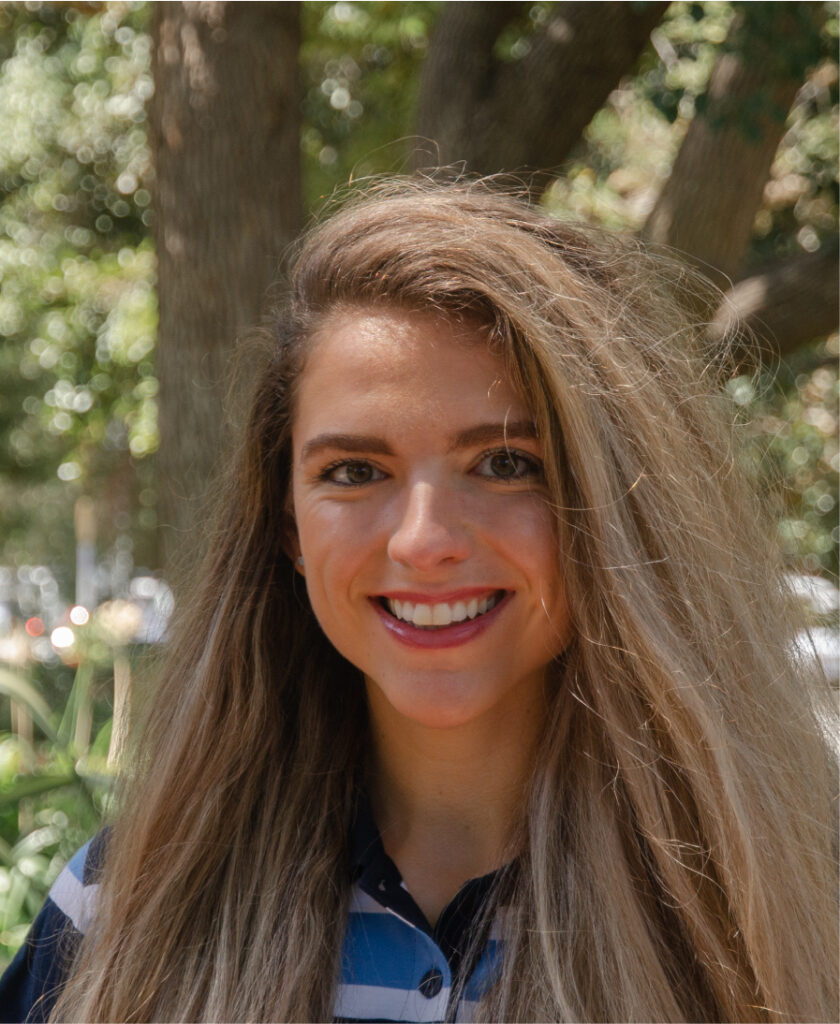
Lucy Mathieson
PhD Student
Lucy’s research aims to reduce mineral exploration risk in Australia by developing a new tool to track fluid mobility in space and time using Pb-loss mapping. Lucy utilizes the Pb-loss process in zircon to model and evaluate radiogenic-Pb mobility across Australia to determine whether there is both a spatial and temporal relationship between Pb mobility and other geological processes including, for example, mineralization, fault density and dyke emplacement.
Lucy joined the Timescales team in 2021.
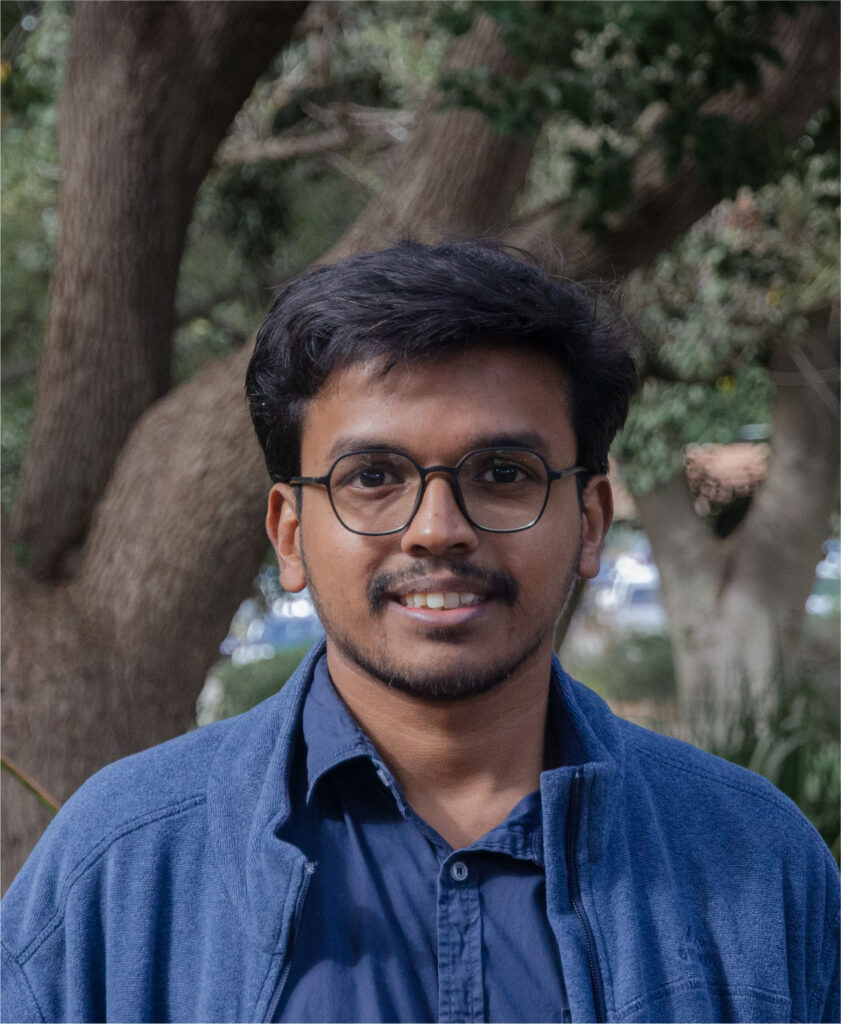
Priyanjan Datta
PhD Student
Priyanjan uses in situ Pb isotope data from K-feldspar in granitoids (and potentially pyroxenes in mafic rocks) in combination with whole-rock Pb isotope and trace element (e.g., U and Th) compositions of a range of rock types spanning eastern Australia to fingerprint the source characteristics and its evolution through space and time.
Priyanjan joined the Timescales team in 2023.
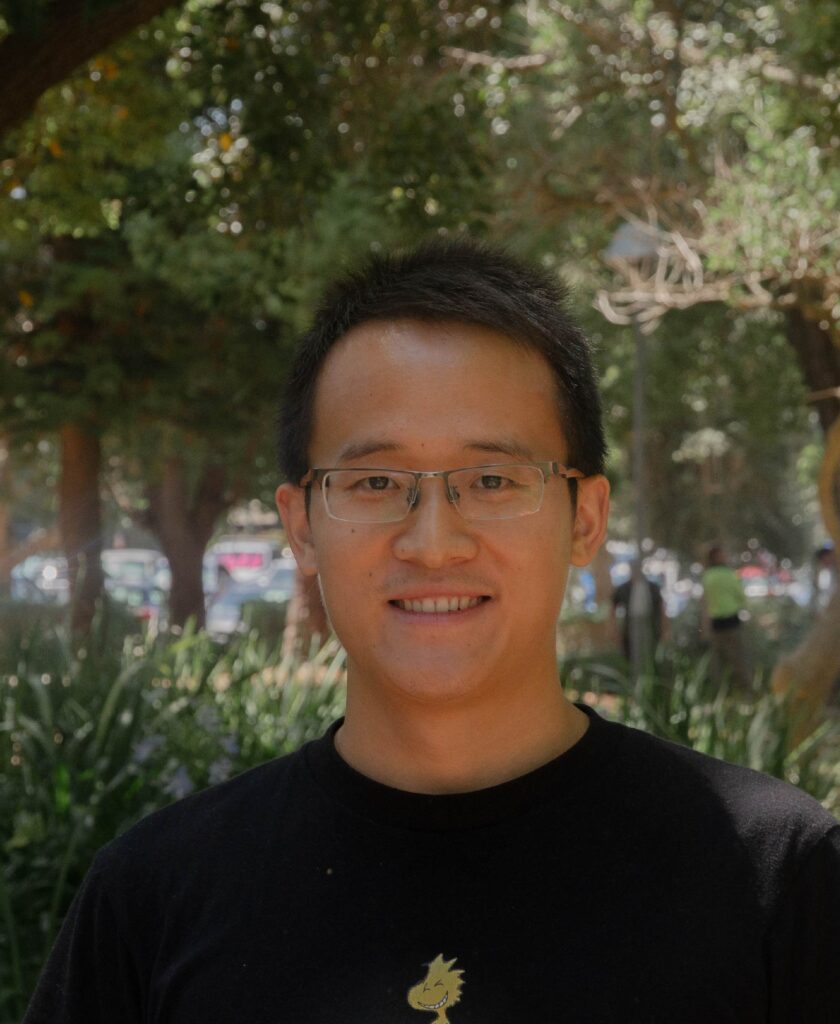
Jiankang Yi
PhD Student
Jack applies apatite geochronology to constrain the accurate age of salt, the internal stratigraphy, and the burial and exhumation history of rock salt bodies in major salt-bearing basins across Australia (e.g., Canning Basin, Adavale Basin).
Jack joined the Timescales team in 2023.
Past Affiliates
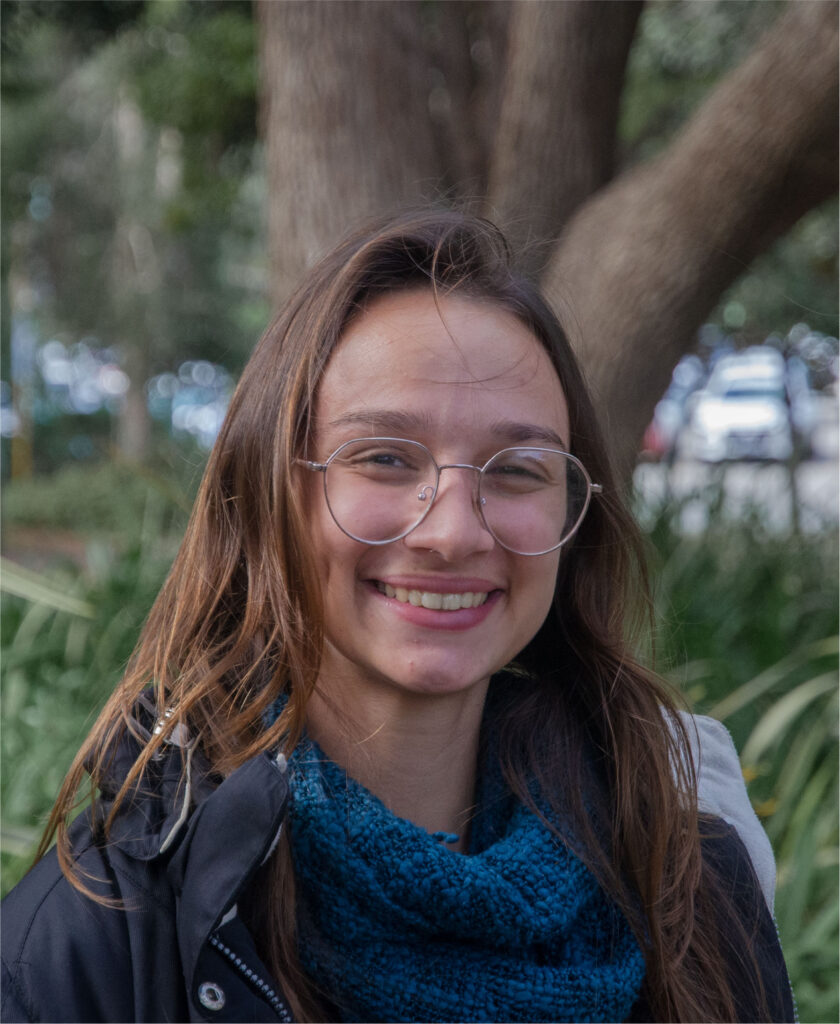
Lorena de Toledo Queiroz
Bachelor Student
Lorena examines the effects of high pressure metamorphism on in situ monazite petrochronology with a case study from the Carvalhos Klippe in southern Brazil. She joins us for three months as part of her final year Bachelor thesis.
Lorena was with the Timescales team in 2023.
Email: lorena.toledo@usp.br
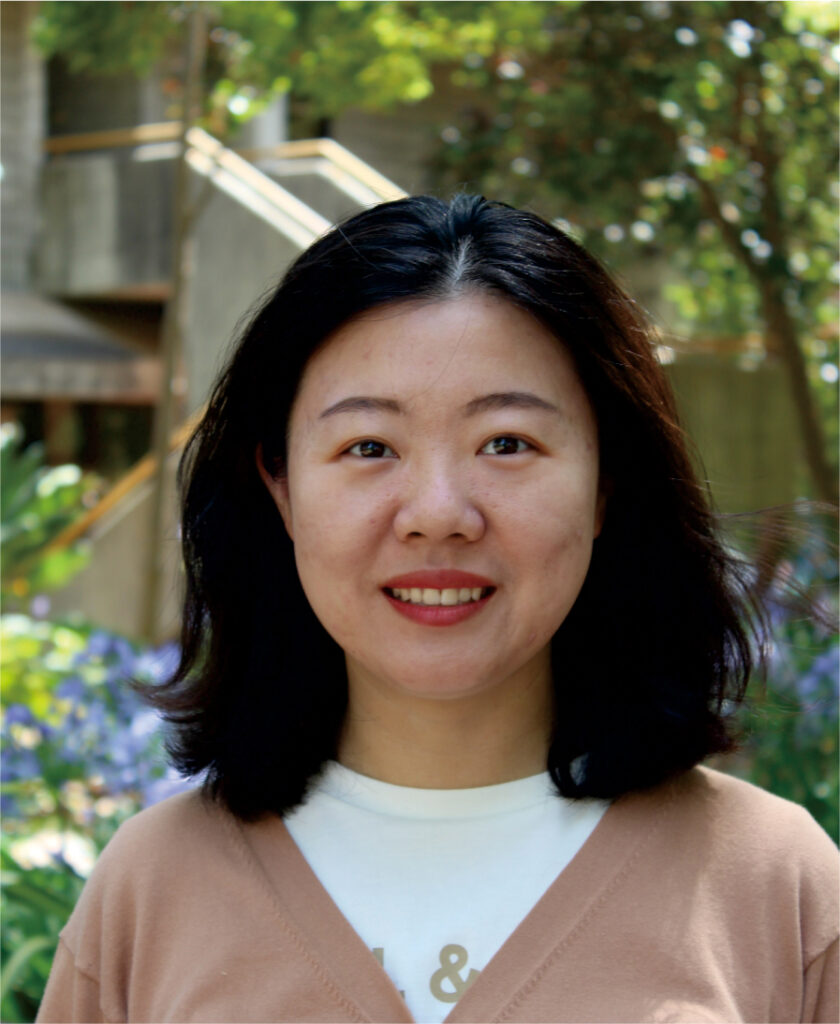
Dr Ruixue Wang
Adjunct Research Associate
Ruixue’s research projects focussed on the metallogenic mechanism of bauxite and dating gold deposits using various methods (e.g., calcite/ankerite U-Pb, illite K-Ar and Rb-Sr). She has since transferred to CSIRO.
Ruixue was with the Timescales team from 2021 to 2022
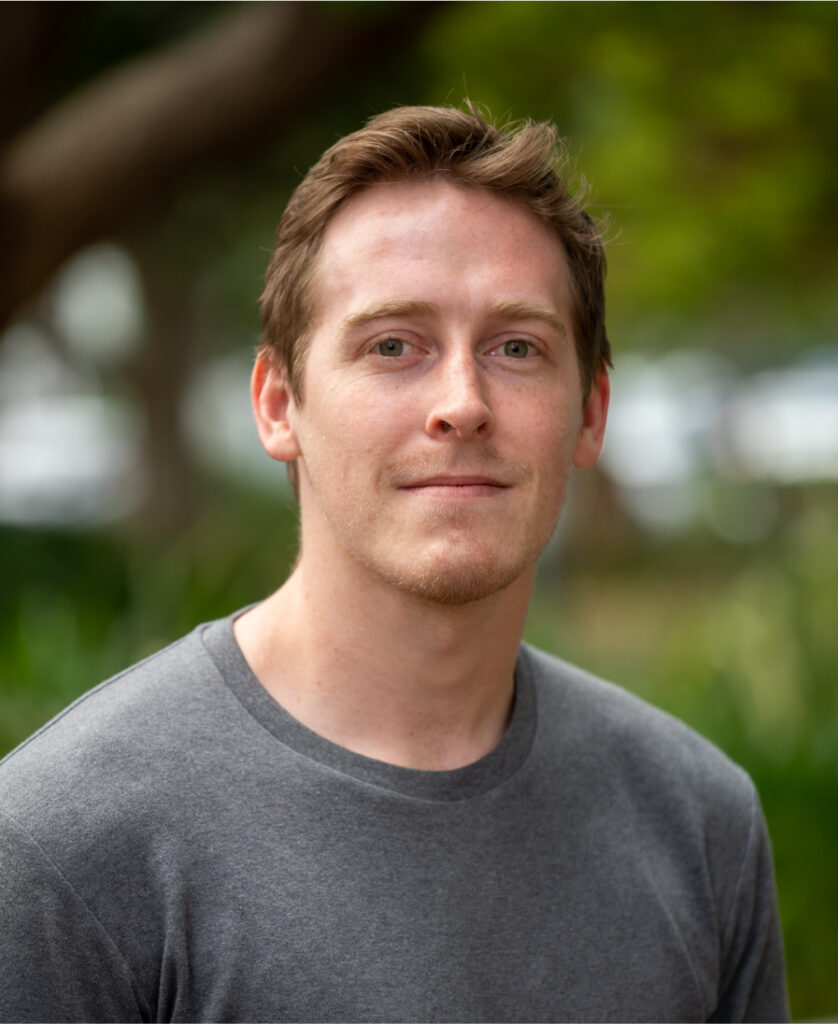
Dr David Fox
PhD Graduate
David Fox is an economic geologist with research interests in understanding Archean and basin-hosted base-metal deposits. His PhD project focussed on the development of a mineral systems model for an enigmatic hydrothermal Cu-Co deposit in the Pilbara Craton of Western Australia, using a variety of analytical techniques (e.g., isotope geochemistry, geochronology, ore characterisation). He has since taken up a broad role as geoscientist at Teck Resources.
David was with with the Timescales team from 2018 to 2021
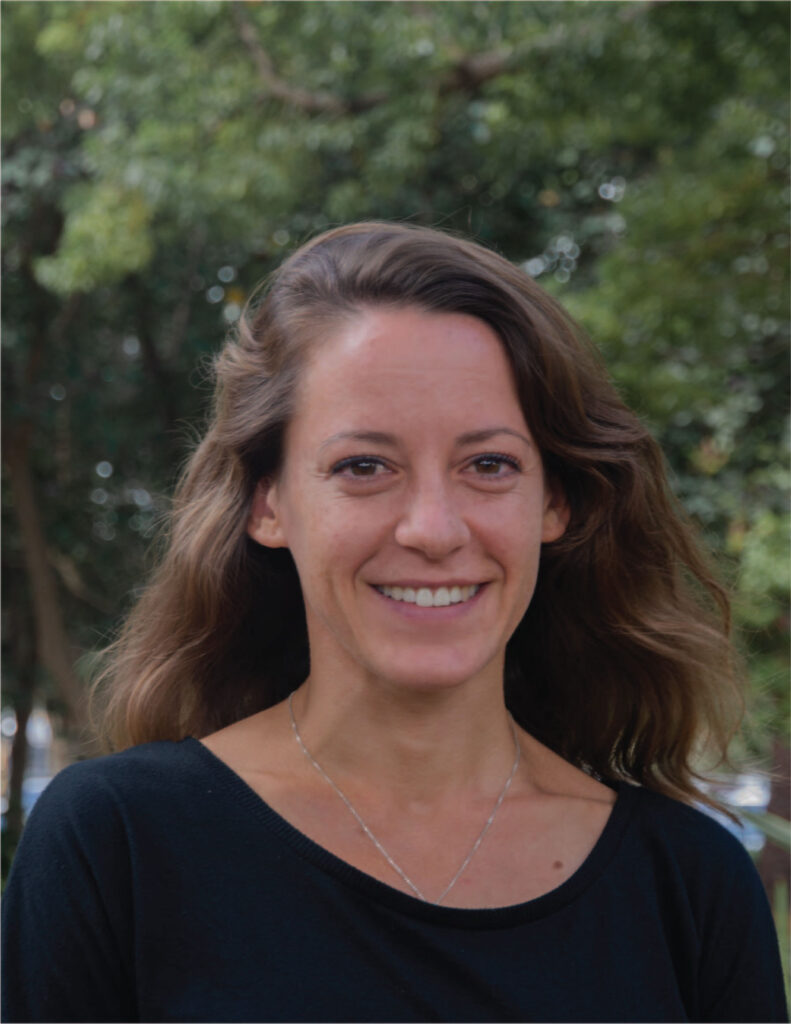
Gisela Gartmair
MRes Graduate
Gisi’s research combined morphoanalysis with geochronology and geochemistry as a means to identify potential crystalline source regions and likely sediment routings responsible for heavy mineral accumulations along palaeoshorelines of the Eucla Basin, Australia. She has since become an exploration geologist with Iluka Resources.
Gisi was with the Timescales team from 2019 to 2021
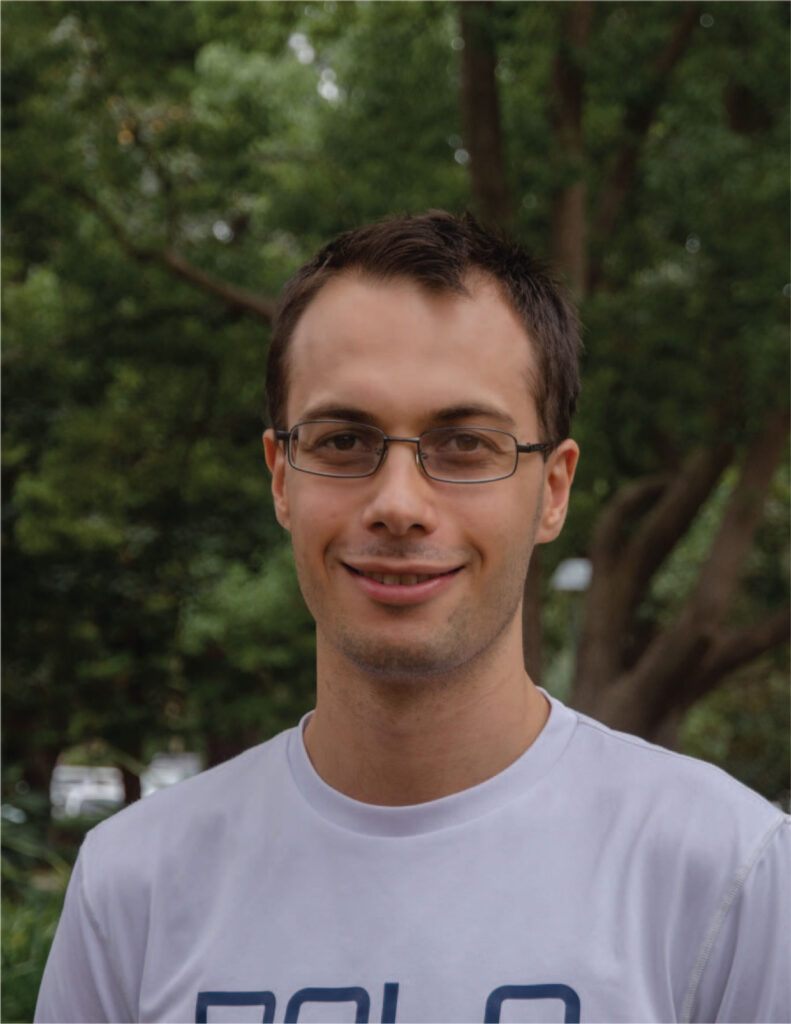
Dr Matthew Daggitt
Research Assistant
Matthew Daggitt used computational methods to solve a wide range of geological problems, developing new software for the geosciences. He has since transferred to Heriot-Watt University.
Matthew was with the Timescales team in 2020
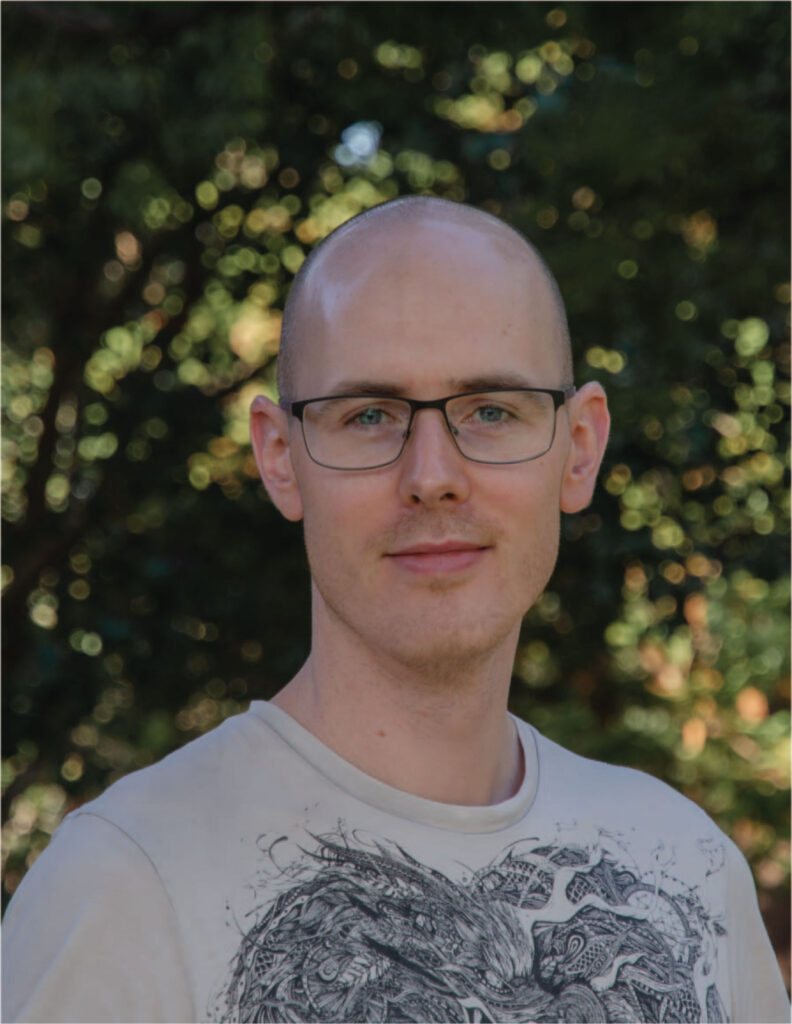
Dr Alex Walker
PhD Graduate & Research Associate
Alex Walker used multiple sulphur isotope and trace element data to help constrain models of formation and modification of mineral systems. He has since transferred to the John de Laeter Centre at Curtin University to work on the National Mineral Map of Australia.
Alex was with the Timescales team from 2017 to 2020
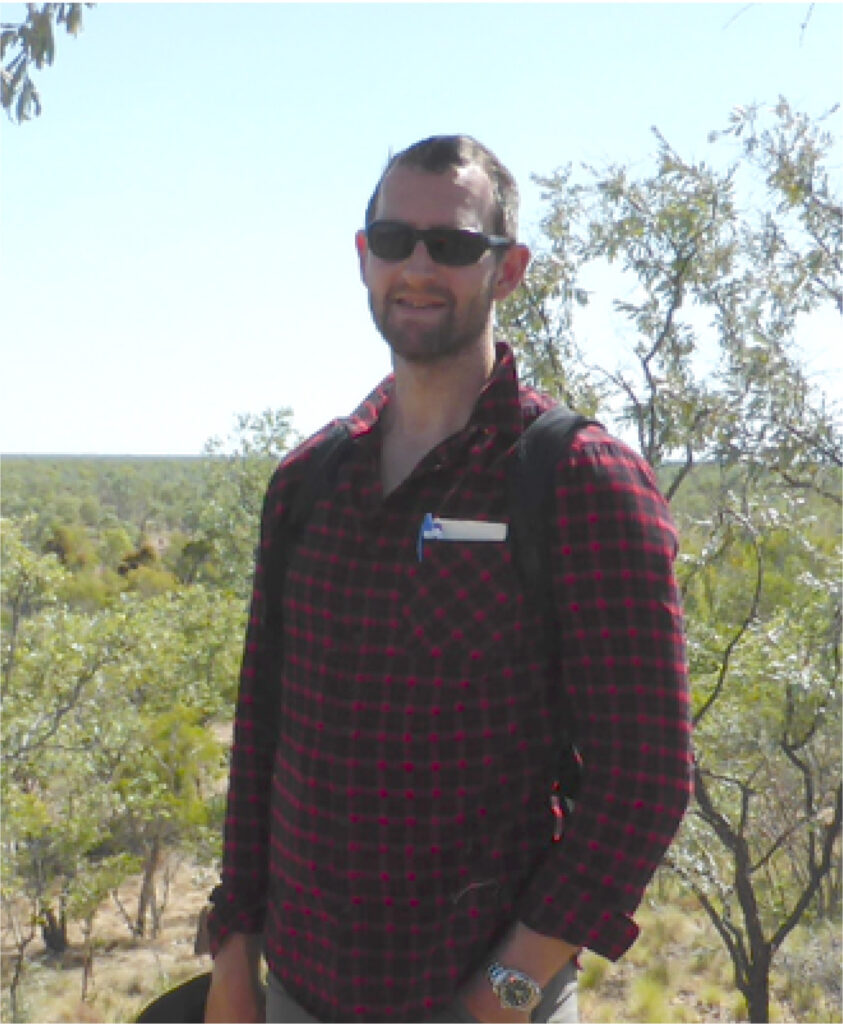
Dr Nicholas Gardiner
Research Fellow
Nick’s research focused on using geochemical and isotopic techniques to understand crust production on the early Earth and magmatic-hydrothermal mineralization. He since transferred to Monash University and the University of St. Andrews.
Nick was with the Timescales team from 2015 to 2018